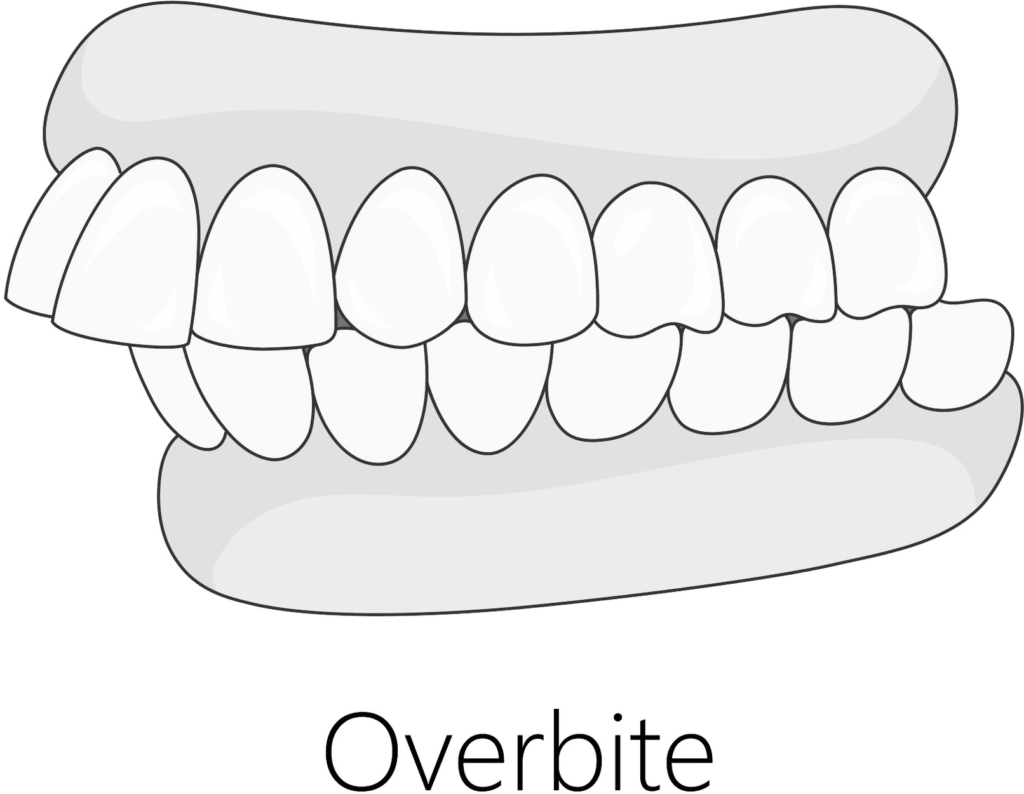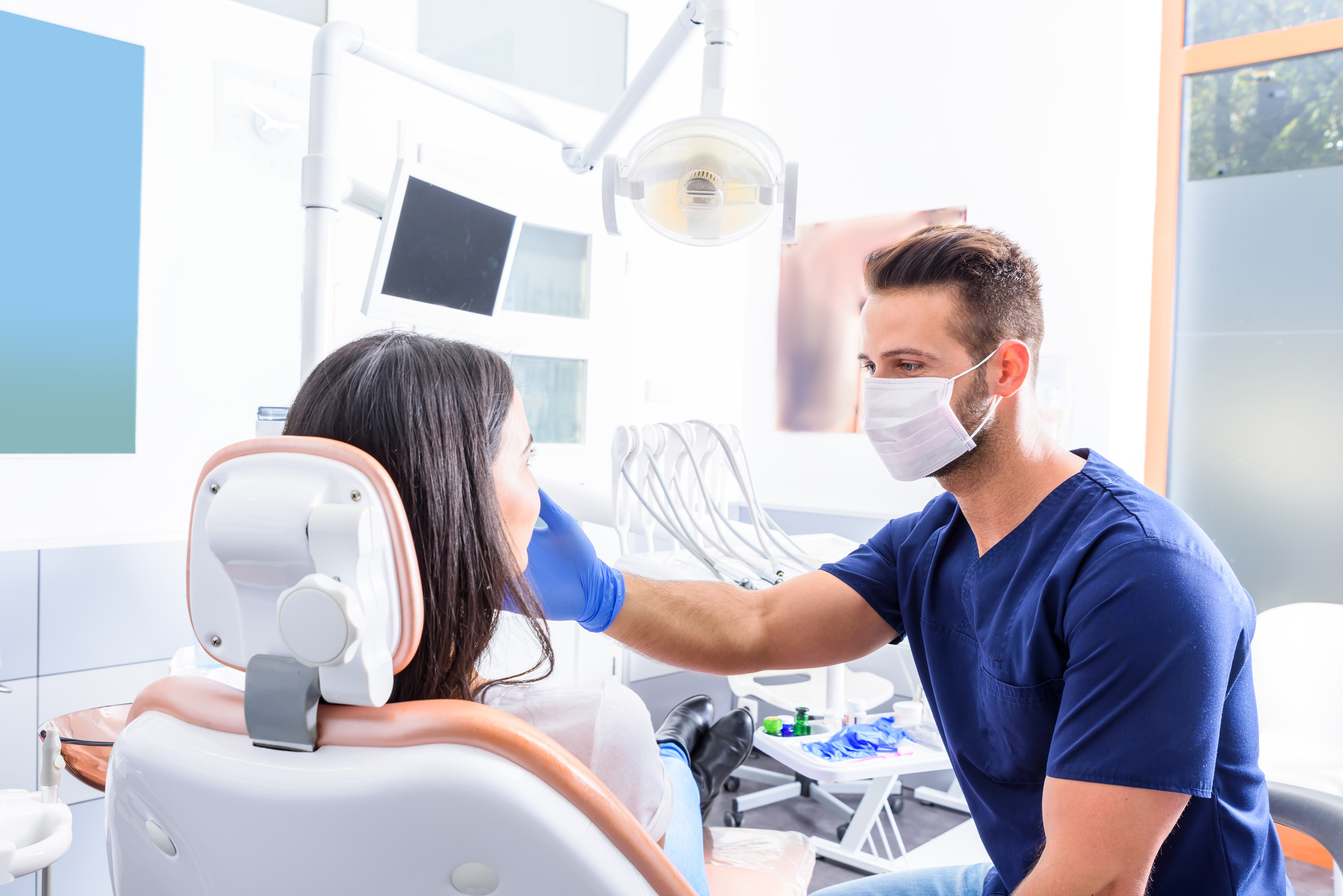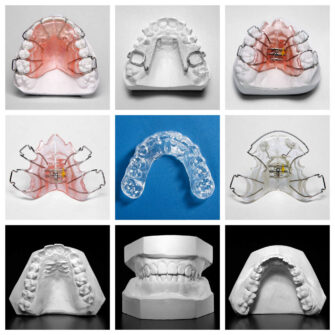What Is an Excessive Overbite?
While many patients seek orthodontic care due to crowded or misaligned teeth, being diagnosed with a “deep bite” can come as a surprise. A deep bite, also known as an excessive overbite, is a type of malocclusion where the upper front teeth significantly cover the lower front teeth from top to bottom when the molars are closed together.

Why Is It Necessary to Correct a Deep Bite?
Beyond aesthetic considerations, there are several compelling reasons to treat a deep bite:
- Prevent Tooth Damage: Over-erupted lower front teeth can wear down prematurely and even damage the enamel on the back of the upper front teeth. Regular clenching or grinding can intensify this wear, potentially compromising tooth structure and increasing the risk of tooth decay and sensitivity. If a significant amount of the tooth structure is lost, an orthodontist may need to make space for restorative procedures by distancing the upper and lower teeth.
- Reduce Gum Damage: The excessive pressure from a deep bite can damage the gums behind the upper and lower front teeth, potentially leading to gum recession and other periodontal issues.
- Improve Chewing: A deep bite can interfere with the ability to chew food properly, and continuous biting into the roof of the mouth can lead to painful sores or ulcers, challenging everyday activities like eating. Correcting the bite can help improve chewing function.
- Prevent Further Orthodontic Issues: If left untreated, deep bites can lead to or worsen other orthodontic issues, such as crowding, spacing, or misaligned teeth. Fixing the deep bite can prevent these issues from appearing or worsening.
Orthodontic Treatments for Deep Bites
A deep bite can be corrected through various orthodontic treatments, depending on the severity of the overbite, the patient’s age, and the underlying causes. Common treatments include:
- Braces: Braces are the most common treatment method for a deep bite. They apply continuous pressure to the teeth to move them to the correct position. The orthodontist adjusts brackets and archwires throughout treatment to change the bite depth over time.
- Clear Aligners: Clear aligners can also be used for deep bites. These custom-made, nearly invisible trays fit tightly to your teeth and can be removed for eating and brushing. Similar to braces, they apply pressure to the teeth to gradually move them into the desired position.
- Surgical Orthodontics: In severe cases, especially in adults whose jaw bones are no longer growing, orthognathic surgery may be necessary. This involves surgically repositioning the jaw bones to correct the deep bite.
A trained orthodontic specialist knows when each method should be used and will help determine which treatment is best for you, depending on your needs. Find the nearest AAO-accredited orthodontist today.



